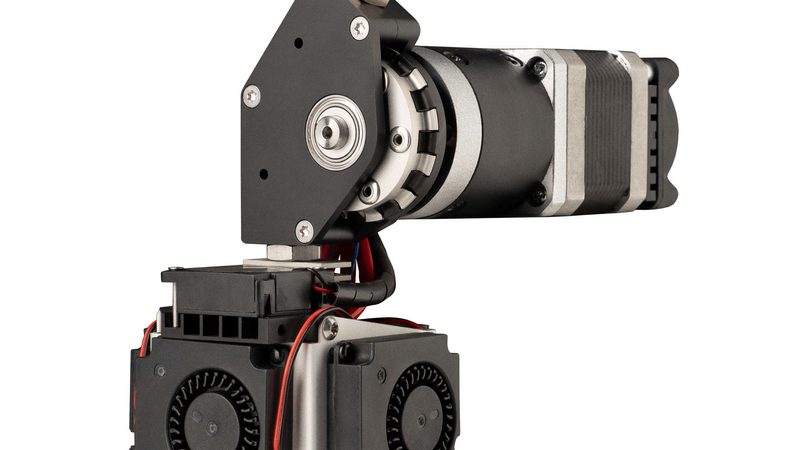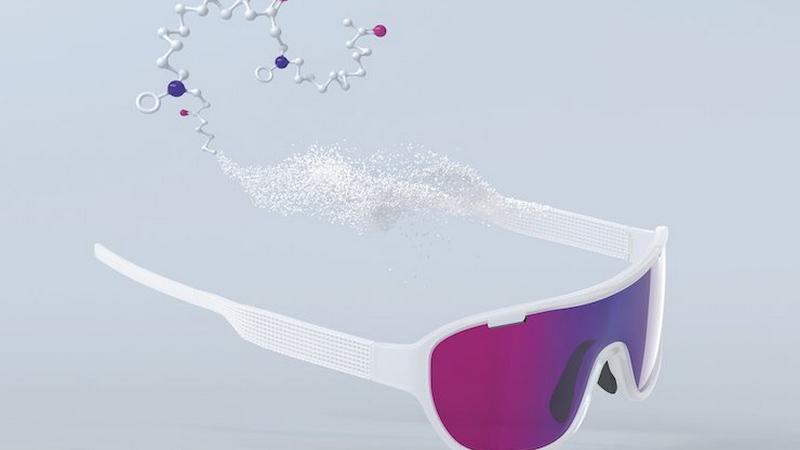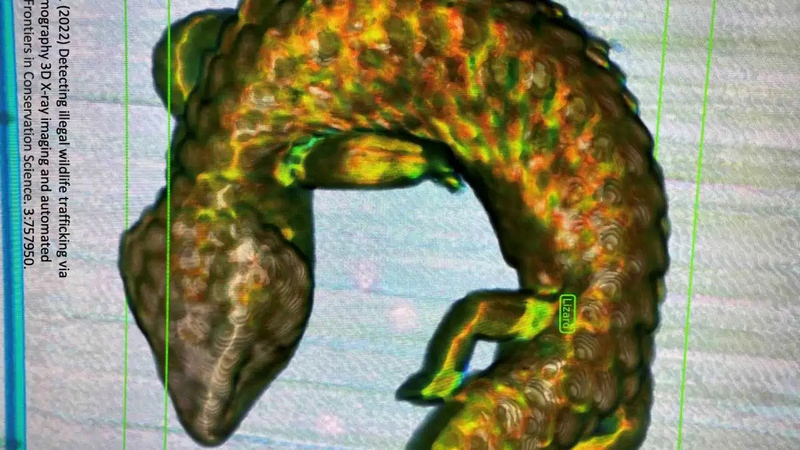
3D printers have demonstrated themselves to be vital in the field of rapid prototyping thanks to their use of additive manufacturing, low-cost operation, and ability to create complex 3D structures. While technologies such as SLA can produce designs at high speed, the most commonly available printer technology, FDM, has been historically a painstakingly slow process. However, a 3D printing technology company, Veda 3D (Netherlands), has recently announced their latest FDM 3D printer extruder that is capable of printing up to 1KG of material per hour. What challenges do FDM printers face, what can the new extruder do, and how can it help engineers?
Top Stories This Week
- Breakthrough In Motor Design Expected To Power Industries In Japan
- Nokia Targets Explosive Industry 4.0 Sectors With New Industrial 5G Devices
- Evonik Introduces New Powder Materials For 3D Printing With Reduced Carbon Footprint
- Bionic Clothing Innovator Raises $12.5M
- Tesla Unveils Optimus Robot
- Tesla Megapack Catches Fire: Should Lithium-Ion Be Avoided For Grid Energy?
- 3D X-Rays And AI Could Help Detect Illegally Trafficked Australian Wildlife Hidden In Luggage Or Cargo
- Standalone Sweat Sensor From UC San Diego Provides Immediate Readout
- ISRO Develops Microprocessor-Controlled, Intelligent Artificial Limb
- The Fluid Metal 3D Etcher Add-On Is Now On Kickstarter
Custom parts for startups & enterprises - order online, delivered same day.
Hardware Business News
Breakthrough In Motor Design Expected To Power Industries In Japan

Electric motors are arguably one of the most important electromechanical inventions as they convert electrical energy to mechanical energy, and this can be used to power all kinds of machinery, processes, and vehicles. In fact, it is estimated that over 45% of the world’s energy is used in electric motors, and as such, the efficiency of an electric motor can be critical. Recently, an Israeli start-up has developed a new motor that is able to provide twice the power of similarly sized motors while being half the weight and size, and the start-up has signed an agreement with Tsukasa Electric for the distribution in Japan of EVR’s proprietary Trapezoidal Stator – RFPM electric motors. What challenges do electric motors present, how did the engineers achieve this goal, and what applications will the new motor find itself in?
Nokia Targets Explosive Industry 4.0 Sectors With New Industrial 5G Devices

5G cellular networks are set to revolutionise both the mobile industry and the IoT industry thanks to their high bandwidth, lower latencies, and moving software services to the edge to minimise the joinery of data. However, 5G has also garnered interest in many industrial networks with some starting to implement their own private 5G networks, and this is now seeing mobile providers rushing to develop industrial-grade networks. Recently, Nokia has shown off its latest range of 5G industrial hardware including field 5G access points and smartphones specifically aimed at the oil and gas industries. What challenges do existing networks present, what did Nokia demonstrate, and how could those devices help those in tough industrial environments?
Evonik Introduces New Powder Materials For 3D Printing With Reduced Carbon Footprint

As climate concerns continue to dominate conversations around sustainable manufacturing, rapid prototyping industries have managed to stay under the radar. However, it won’t be long before these industries become under fire for unsustainable practices, and while numerous 3D printing materials are recyclable, their carbon footprint may be somewhat shocking. Recognising this potential issue, Evonik has recently announced its latest range of low-carbon emission 3D printing materials to help improve the climate impact of products manufactured using rapid prototyping methods. What challenges do high CO2 emission products present, what powders are being released, and how can they help engineers?
Bionic Clothing Innovator Raises $12.5M

Mobility issues in patients can present numerous challenges, and by far one of the biggest is independence. Without independence, an individual can be reliant on others for 24/7 care which is not only distressing but also expensive. Restoring mobility can be done through various technologies, but most methods realise this with the use of large electric-driven vehicles or difficult-to-use equipment. In recognition of these challenges, Cionic has recently raised over $12.5 million to develop AI-powered bionic clothing that can negate the effects of neurological conditions such as cerebral palsy. What challenges do neurological conditions present, how does the proposed device work, and will it be the answer for mobility issues in the future?
Talk with an expert
Hardware Engineering News
Tesla Unveils Optimus Robot

Elon Musk is well known for his bold claims in the field of engineering, and most of these haven’t exactly fared well. Development of the hyperloop has ground to a halt, the boring tunnel is just as boring as it sounds, and solar panel roof tiles seem to have faded out of sight. Last week, Tesla hosted an AI event where their latest robot, Optimus, was unveiled, but turned out to be somewhat of a disappointment for those who understand robotics and the engineering behind it. What benefits does a general robot present, what did the event show off, and why does it demonstrate the challenges of robotics?
Tesla Megapack Catches Fire: Should Lithium-Ion Be Avoided For Grid Energy?

While renewable energies have been praised for their positive environmental effects, the inability to store most of the energy generated not only sees large amounts of energy go to waste, but also prevents energy grids from entirely ditching fossil fuels. One solution that some have in mind is the use of lithium-ion batteries, but while they do offer high-density energy storage, they also have a habit of catching on fire. After a year of being installed, a Tesla Megapack caught fire in California, which firefighters were able to contain but not put out. What challenges does lithium-ion present, what happened at the Megapack site, and does this indicate that lithium-ion is unsuitable for grid storage?
3D X-Rays And AI Could Help Detect Illegally Trafficked Australian Wildlife Hidden In Luggage Or Cargo

Australia is well known for its strict controls on wildlife trafficking due to the fact that, being an island nation, its ecosystem has developed independently from the rest of the world. As such, the Australian ecosystem is highly vulnerable to non-native pests and diseases which must be guarded against. In an effort to prevent wildlife traffickers from bypassing Australian border controls, the introduction of new AI technologies and 3D scanning systems could soon change the game. What challenges does wildlife trafficking introduce, what does the new AI technology allow for, and could AI be used in other border control applications?
Hardware R&D News
Standalone Sweat Sensor From UC San Diego Provides Immediate Readout

Wearable electronics present numerous advantages in the field of medicine including the ability to provide real-time data for researchers and doctors and the use of predictive AI to identify medical issues before they become irreversible. However, wearable devices as they currently stand are bulky, uncomfortable, and limited in functionality which often sees many avoid their use. Recognising the challenges faced by wearable medical devices, a team of researchers recently demonstrated a thin, flexible and stretchy sweat sensor that can show the level of glucose, lactate, sodium, or pH of sweat. What challenges do wearable devices face, what did the researchers demonstrate, and how could they help the field of medical science?
ISRO Develops Microprocessor-Controlled, Intelligent Artificial Limb

Artificial limbs can dramatically improve the quality of life for those with missing limbs, but even the most basic varieties can be extraordinarily expensive. This price typically comes down to the need for reliable technology installed into a custom design that can fit a specific patient, but while these costs are affordable by those in rich nations, those from poorer countries simply cannot get access to such essential technologies. Recognising the challenges faced by artificial limbs, researchers from India recently demonstrated an artificial limb powered by a microcontroller that is a fraction of the cost of imported designs, and believe it could help those in India with mobility challenges. Why are artificial limbs expensive, what did the researchers demonstrate, and how will they help India in the long run?
Open-Source Hardware News
The Fluid Metal 3D Etcher Add-On Is Now On Kickstarter

Cutting and etching metal can be highly beneficial for product design, but trying to bring these technologies into the home presents numerous challenges including the dangers of lasers, the expensive nature of CNCs, and the toughness of metal. However, a recent Kickstarter aims to solve this challenge with the development of a salt etcher attachment that can convert any 3D printer into a cutter and engraver that doesn’t contain harmful compounds or dangerous lasers. What challenges does metal etching present, how does the new device work, and when will it be available?


